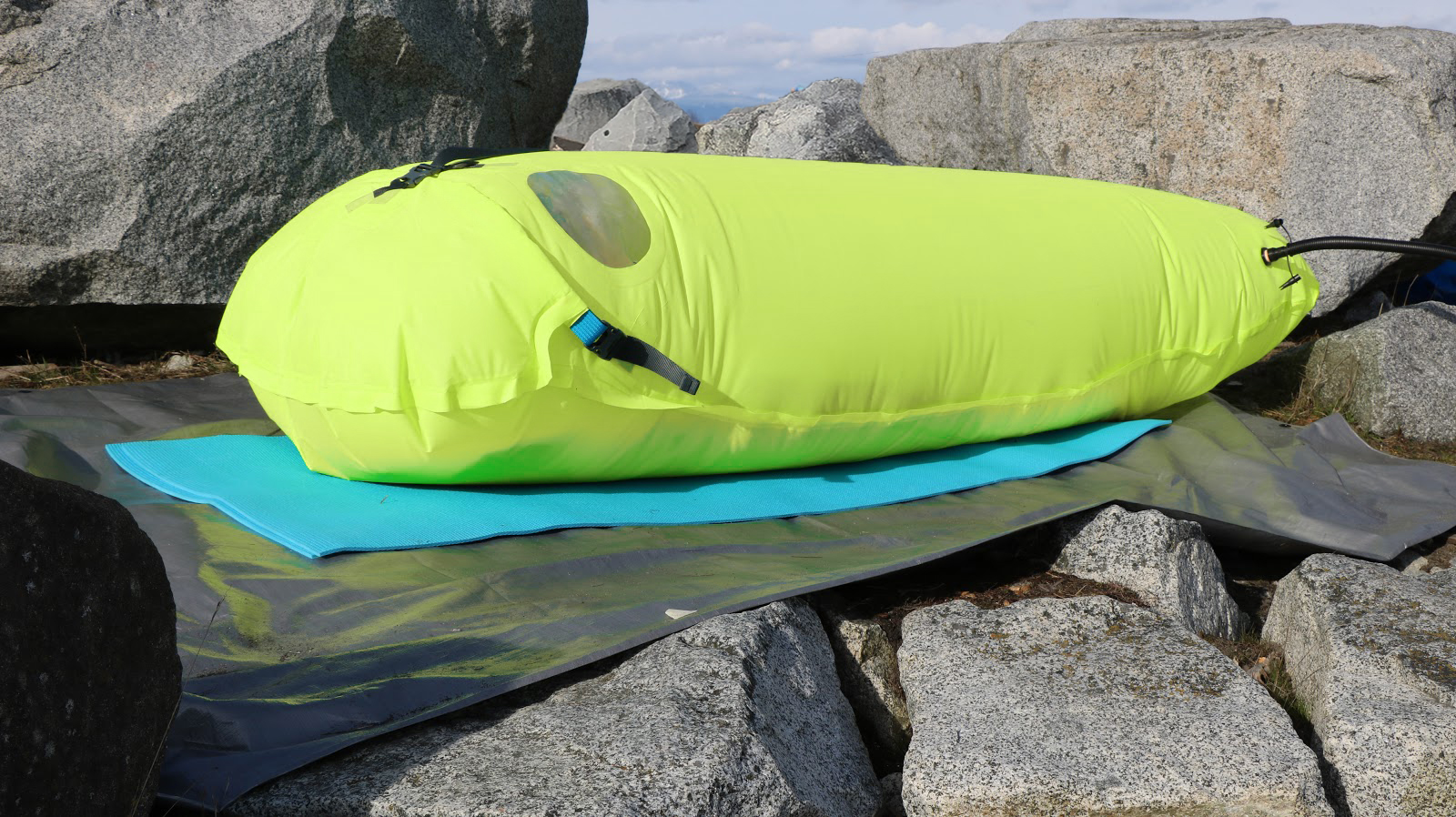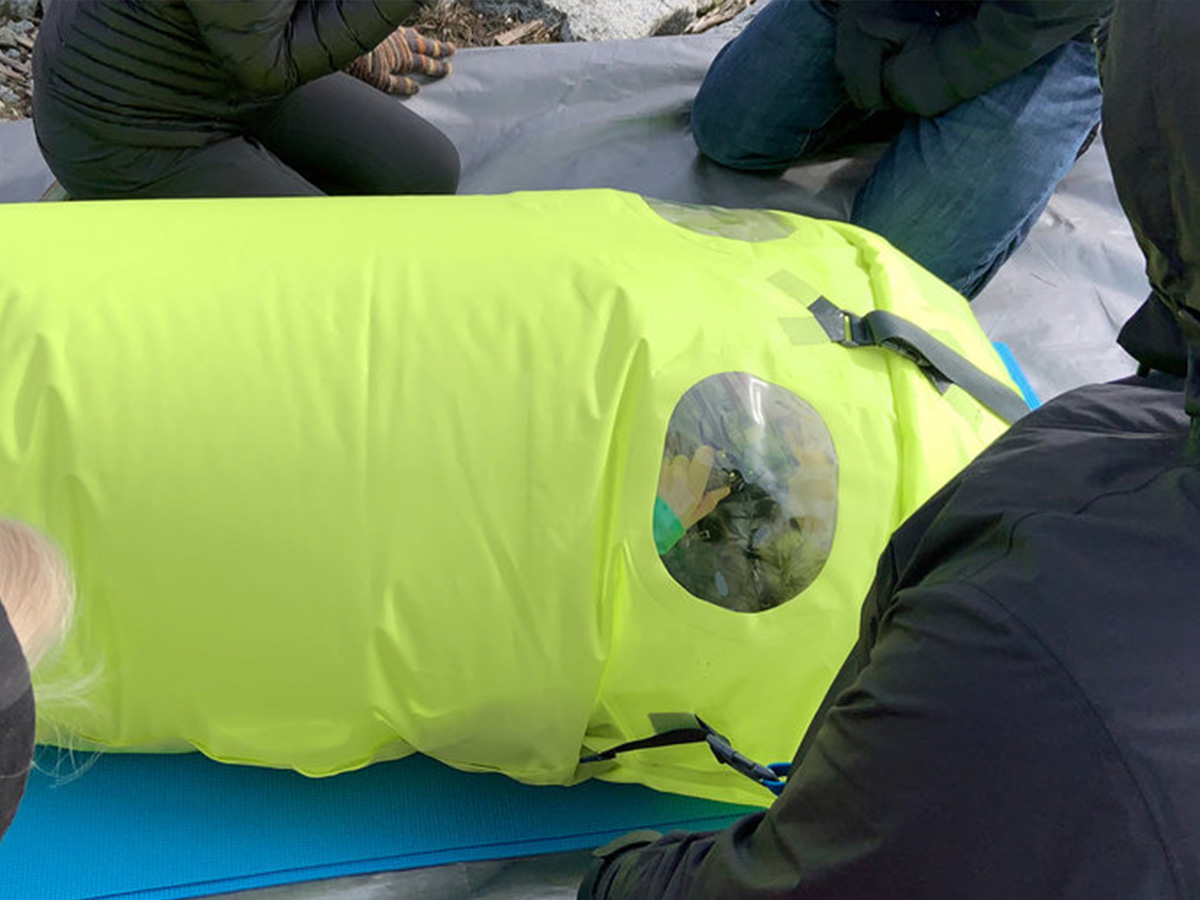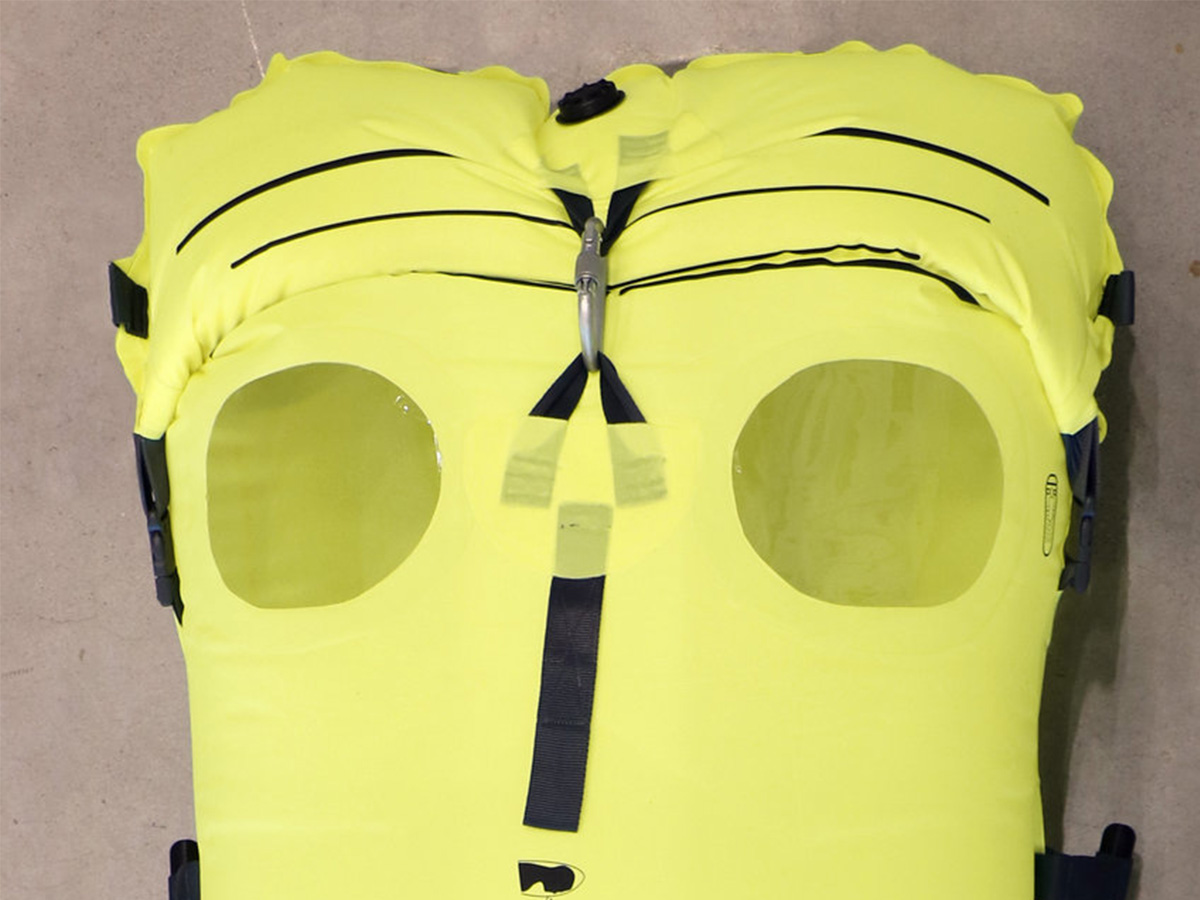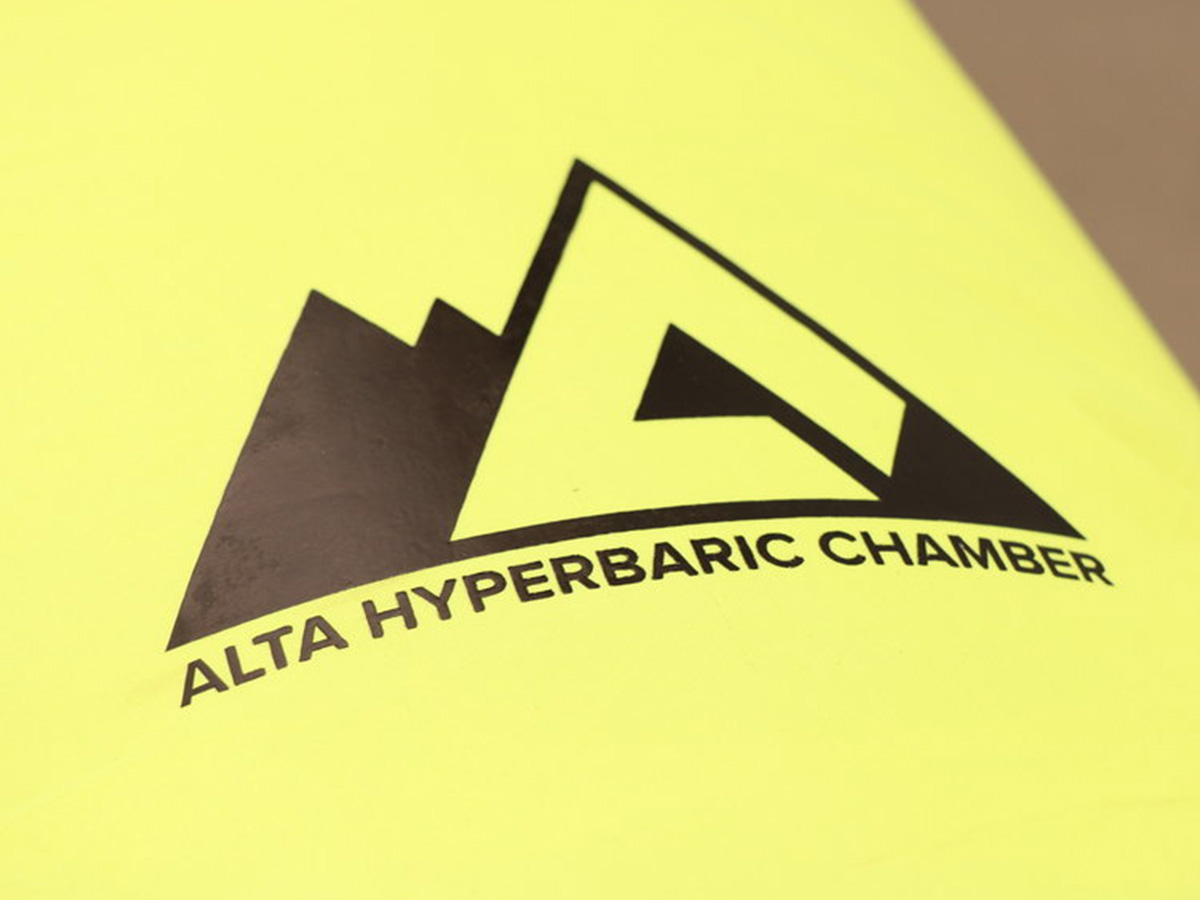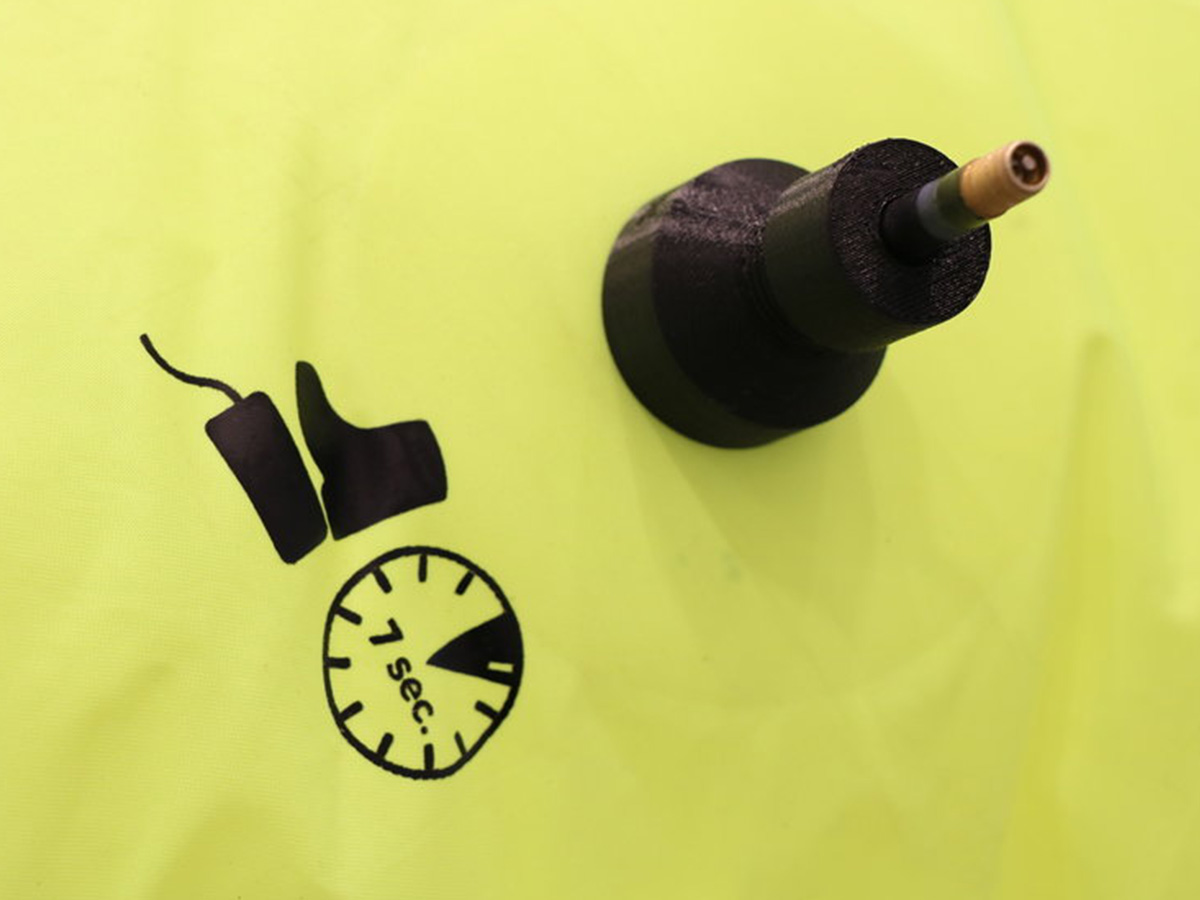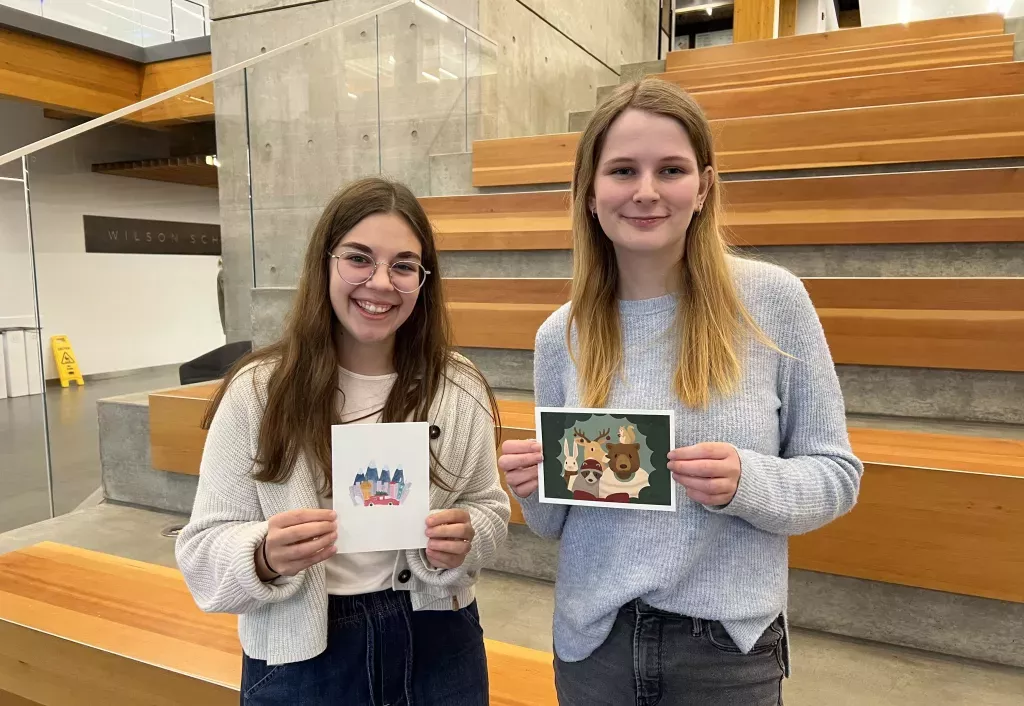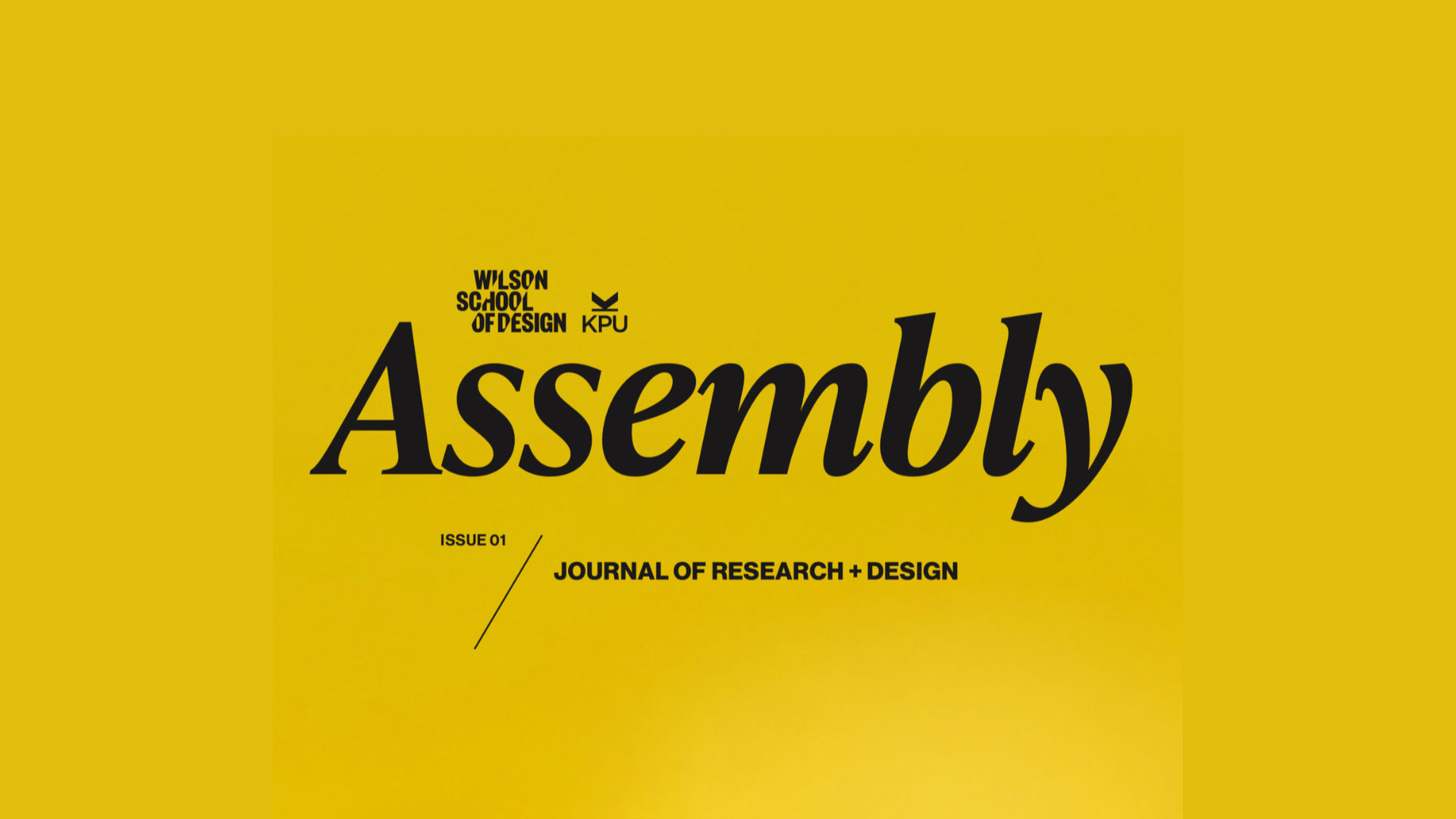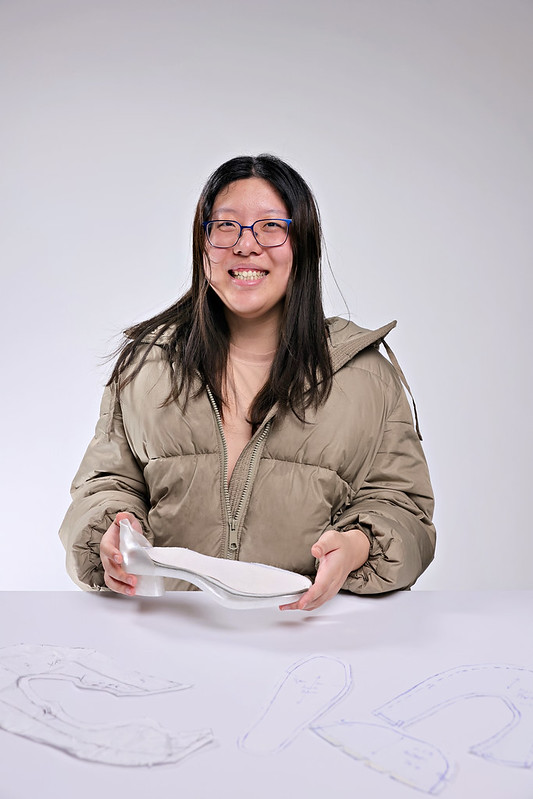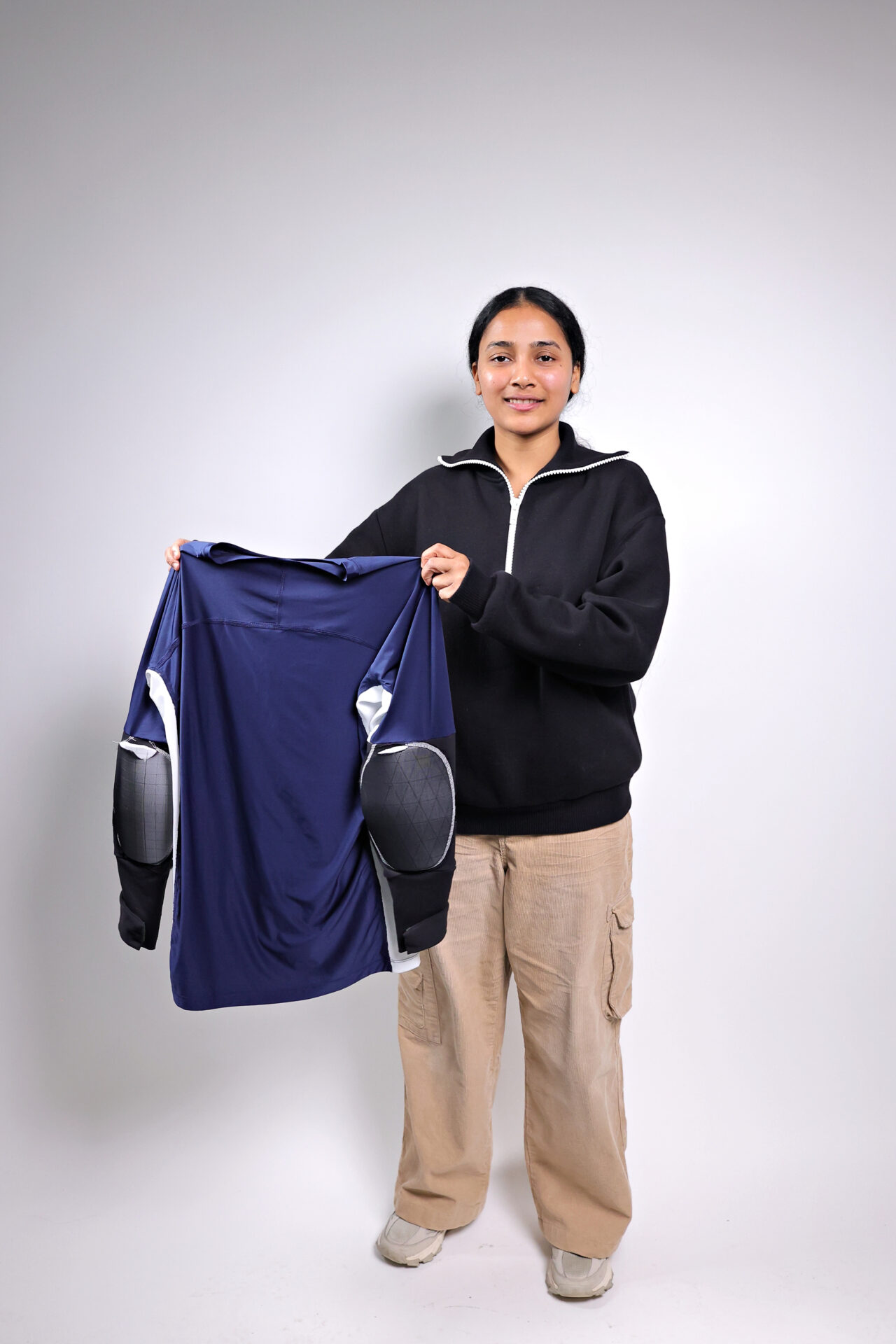Teaching and learning the depth of design requires a combination of theory, hands-on iteration, prototyping and research. When combined, these practices thrive in a polytechnic environment, such as KPU’s Wilson School of Design. Kwantlen Polytechnic University is proudly Canada’s only accredited polytechnic university, and our membership in Polytechnics Canada is a valued association.
Polytechnics Canada is the voice of leading research-intensive, publicly supported polytechnics and institutes of technology. Polytechnics Canada members, such as the KPU Wilson School of Design, play a critical role in addressing some of the country’s greatest challenges. As proud promoters of the polytechnic education model — applied, hands-on and technical; industry-focused and industry-driven, we were thrilled to be invited to attend the Polytechnics Canada “Ready For The Challenge” Polytechnics Showcase in Ottawa this week, and present our ALTA Project – A portable hyperbaric chamber for use in high altitude.
Teaching and learning the depth of design requires a combination of theory, hands-on iteration, prototyping and research. When combined, these practices thrive in a polytechnic environment, such as KPU’s Wilson School of Design. Kwantlen Polytechnic University is proudly Canada’s only accredited polytechnic university, and our membership in Polytechnics Canada is a valued association.
Polytechnics Canada is the voice of leading research-intensive, publicly supported polytechnics and institutes of technology. Polytechnics Canada members, such as the KPU Wilson School of Design, play a critical role in addressing some of the country’s greatest challenges. As proud promoters of the polytechnic education model — applied, hands-on and technical; industry-focused and industry-driven, we were thrilled to be invited to attend the Polytechnics Canada “Ready For The Challenge” Polytechnics Showcase in Ottawa this week, and present our ALTA Project – A portable hyperbaric chamber for use in high altitude.
Our presenting team included Dr. Alan Davis, President and Vice Chancellor of KPU, Andhra Goundrey, Dean – Wilson School of Design, Sue Fairburn – Faculty (Product Design/Technical Apparel), Chair of Research and Design and Amit Shukla – Director, Research, Innovation, Scholarship and Entrepreneurship Services.
The award-winning Alta Hyperbaric Chamber (Alta) is a portable hyperbaric chamber for use in high altitude by those who experience the effects of High Altitude Illness (HAI) including High Altitude Pulmonary Edema (HAPE) and High Altitude Cerebral Edema (HACE). Use of a hyperbaric chamber increases the partial pressure of oxygen, thus the amount of oxygen available to the brain and throughout the body. This simulates a descent of 1500 to 2500m which mitigates the effects of HAI and minimizes the likelihood of death.
The objective of this project was to design an effective, lightweight, portable hyperbaric chamber to be used by recreational mountaineers in the field. The project was completed over nine weeks by ten 3rd year product design students and encompassed extensive research, expert interviews, ideation, prototyping, and testing as well as the production of a final working prototype.
Personal hyperbaric chambers are life-saving equipment that can be carried in the field by mountaineering teams, or by search and rescue personnel, to treat the symptoms of HAI.
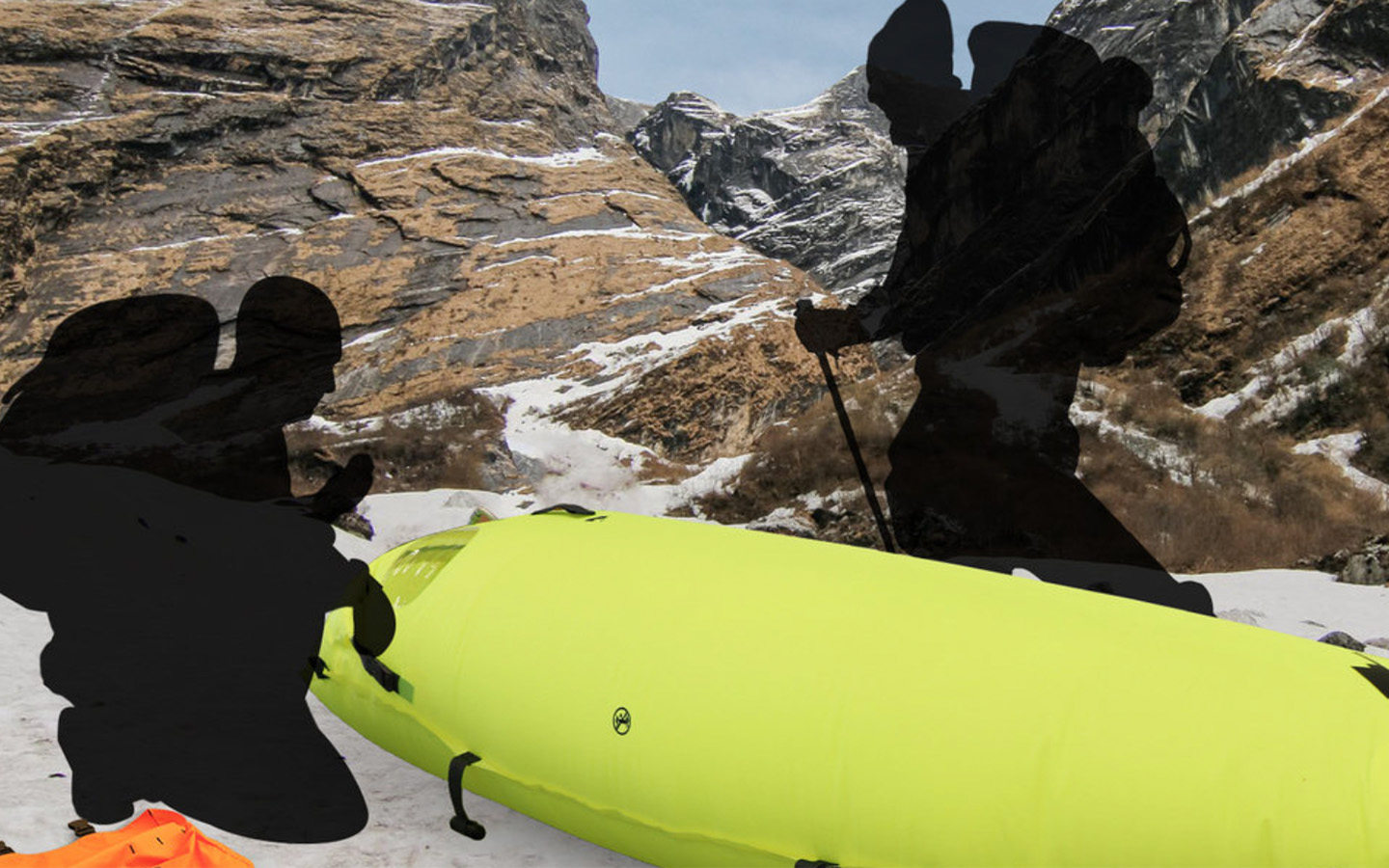
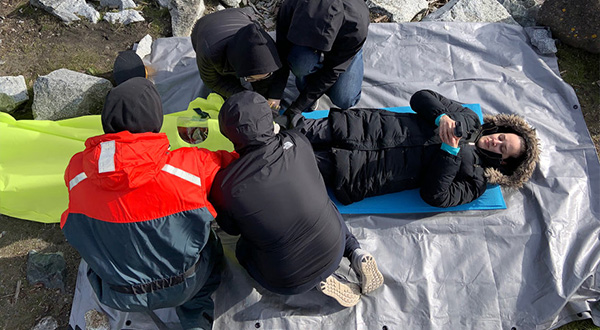
High altitude mountaineers are daring adventurers who seek to reach the highest peaks. Mountaineers face treacherous landscapes and unpredictable weather, making preparation for climbs critical. The increasing popularity of climbing has resulted in longer wait times to reach the summit. This, combined with increasingly unpredictable weather, has resulted in inexperienced climbers rushing their ascents and leaving inadequate time for their bodies to acclimatize. When the climb is rushed, and acclimatization has not been achieved, symptoms of HAI may set in. The recommended treatment for HAI is always descent. When that is not possible, the use of a hyperbaric chamber can achieve similar results, reducing or alleviating symptoms until descent is possible. Existing chambers are heavy, isolate patients from outside aid, limit communication, and have been only available to trained professionals.
The design process behind Alta involved extensive experimentation and interviews with experts in the fields of mountain medicine, inflatables manufacturing, and hyperbaric oxygen therapy. Early stages included broad academic research and multi-stage material testing. It was quickly discovered that the most challenging part of prototyping was making a structure completely airtight. This led to further material and construction testing until the prototypes could be reliably inflated to the required 2 psi. Once confident in the construction method at quarter-scale, full-scale prototypes were created which allowed for user testing. Upon testing the final prototype, users agreed on a number of key points. The chamber was easy to set up, simple to inflate, and the roll top was intuitive to use.
Thanks to Polytechnics Canada for the opportunity to share this innovative project with our fellow members. ALTA is a perfect example of the type of well-rounded, in-depth and hands-on projects we pride ourselves on, and that inspire and inform the future generations of designers graduating from our school.
